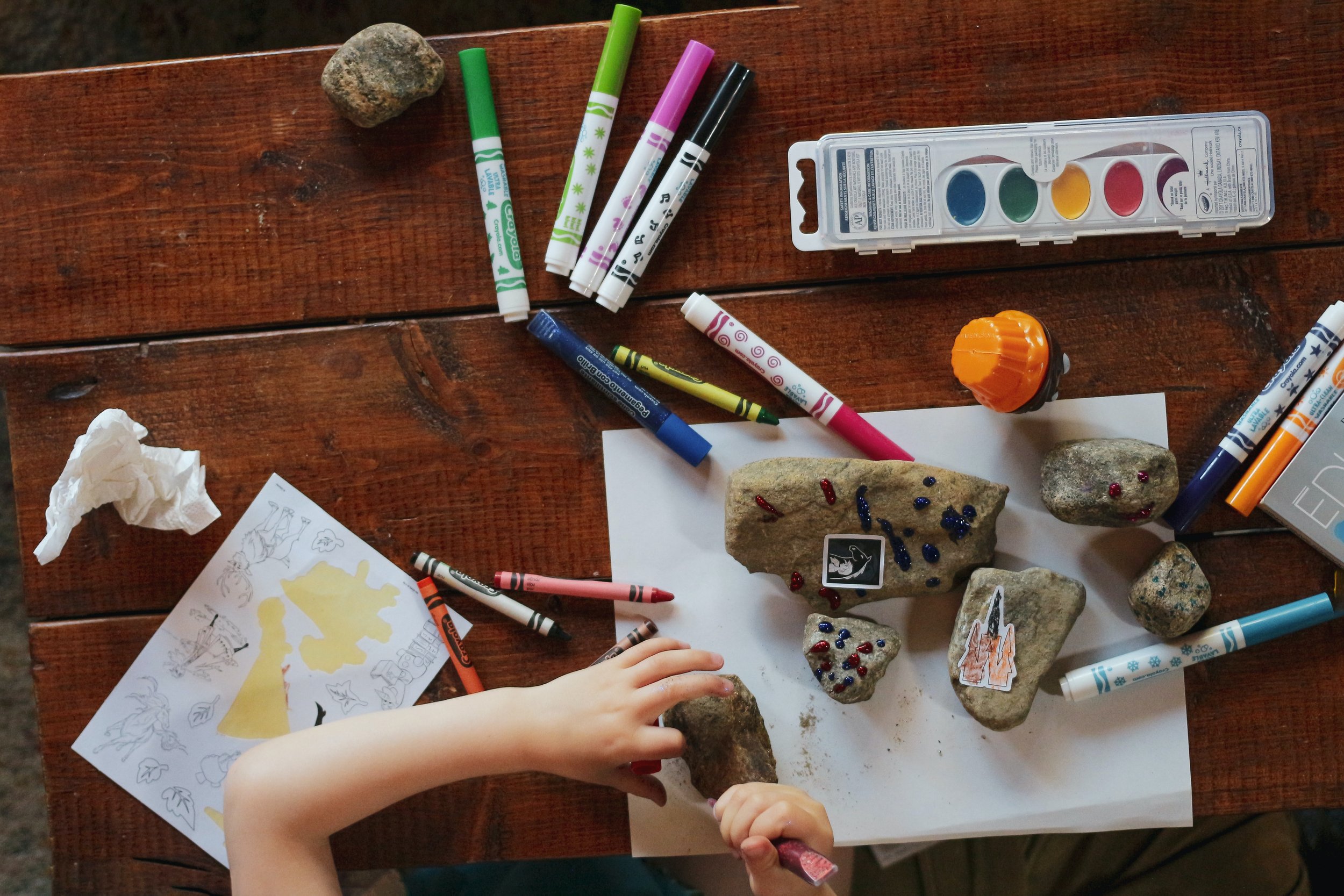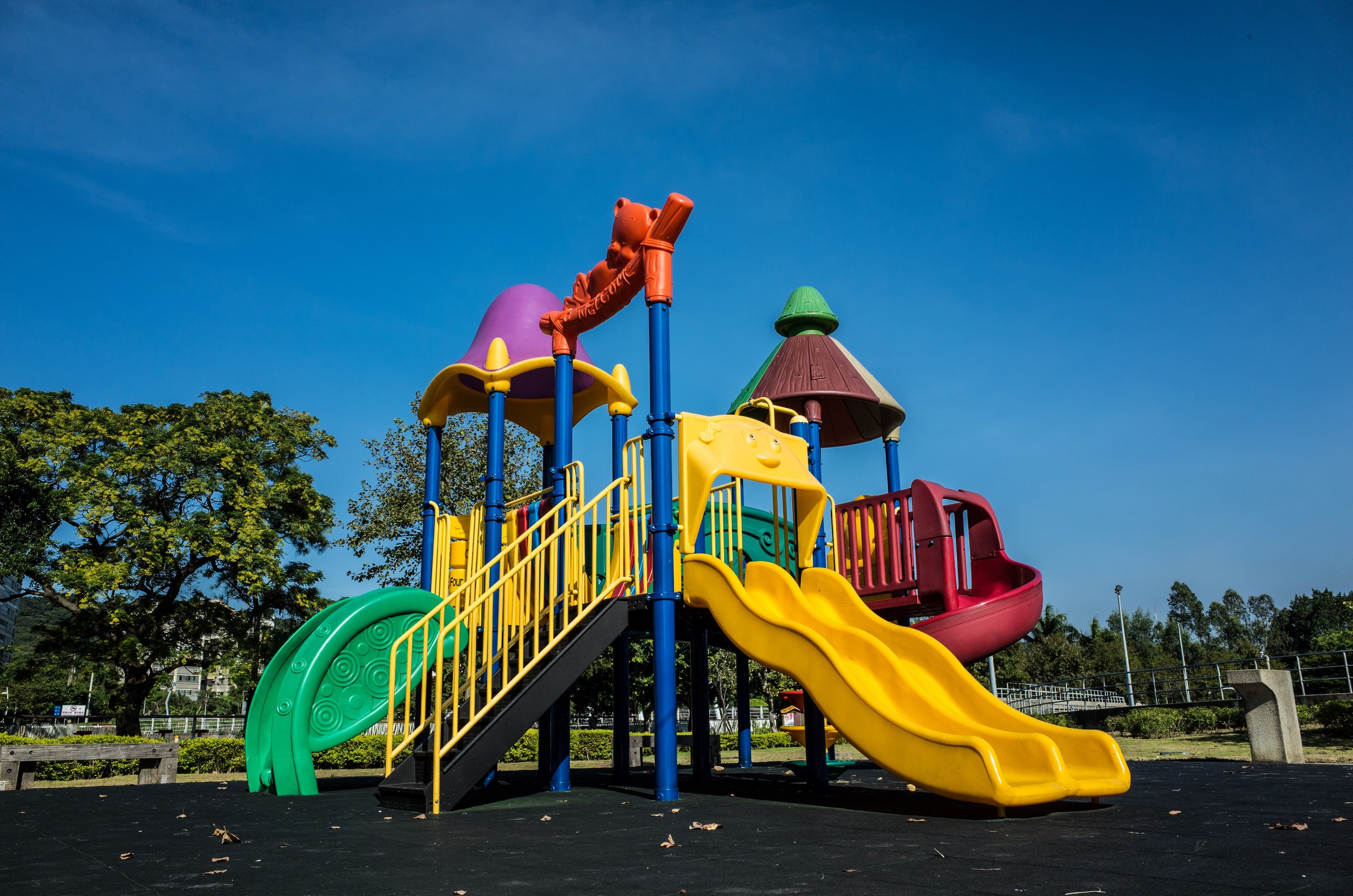5 Ways To Encourage Early Numeracy Skills (And Math Confidence!)
The following post is in partnership with Zorbit’s Math, because they’re awesome!
There are five words that never fail to ignite my inner Math Guru:
"I'm not a math person."
If you have a student in your life, chances are you've heard this phrase before. Maybe you've even said it yourself. I know I have! Of course, that was before I learned the truth:
The idea that some kids are just born with a "knack for numbers" is a myth. It's not real. Not a thing.
Everyone – yes, everyone! – can be good at math.
There's a sneaky little thing called "math anxiety" that tries to suppress our success. I won't get into it here because I recently dished all about it with Matt Murphy of Zorbit's Math. (It was one of the best math chats I've ever had! You'll want to check it out.)
While it's entirely possible to dismantle math anxiety at any age (my students and I are living proof!), research shows that our relationship with math forms long before school even starts.
Therefore – as parents, teachers and tutors who want to encourage positive math mindsets – we’ve got to take an interest in nurturing early math skills.
What does early math mean? And what exactly are these “early math skills?”
When we talk about early math, we're talking about those informal math competencies – including manipulating quantities, counting, recognizing magnitudes, and finding patterns – that foster strong math foundations.
But these strong math foundations aren't built on skills alone. They're built on attitudes. By encouraging early learners to try new things and make mistakes, we empower them to embrace a confidence in math that follows them for life. (It's all about that #GrowthMindset!)
Here's the best part: It's easy to help preschool learners discover math skills and adopt math confidence. Here are five ways to do just that!
1. Make Math Meaningful
When you think of preschool math, what's the first thing that comes to mind? For many parents, teachers, and tutors, it's counting.
There's a good reason for that! Research shows that early learners with strong verbal counting skills are more likely to excel in middle school math and beyond.
However, counting is about so much more than memorizing numbers and reciting them on command. Meaningful counting is all about solving problems. For example, pre-K math learners should be able to use numeracy skills to determine whether there are enough crayons for everyone at the table to draw a picture.
Counting is really only part of the equation, though. (See what I did there?) A well-rounded early numeracy skills checklist also includes colours, shapes, patterns, measuring, classifying, and comparing.
Thankfully, it's easy to help early learners develop these skills and improve their number sense. That's because math is everywhere!
Empower your early learner to think abstractly about math by encouraging them to find math in everyday activities:
How many steps will it take to get from your front door to the mailbox? Estimate. Then measure!
How many pinecones can you find at the park? Count them up. Then compare!
What shapes can you find on the walk home? Point them out. Then discuss their colours!
By integrating math into everyday life, we help effectively scaffold numeracy development and instill long-lasting math confidence in early learners. In fact, preschool math classrooms that use this activity-based approach have reported increased achievement and interest in math.
💡 Home-Learning Tip: Quick, go grab a box of Cheerios. (Froot Loops work too!) Spread out a handful on a table and count them up. Then rearrange them into familiar patterns – try groups of two, five, or arrangements you’d find on a dice – and count them again. As you repeat the process, arrange the cereal in patterns and groups that are increasingly unfamiliar. What strategies does your early learner employ to find the total? Do they count by 2s? Do they estimate? Subitize? What happens if you add a couple of pieces or – oops! – help yourself to a snack along the way? Numeracy development! That’s what happens!
2. Prioritize Play
What exactly are four- and five-year-olds doing during free play? You might be surprised.
A 2004 study conducted by Seo and Ginsburg shows that children spontaneously engage in mathematics for seven out of every 15 minutes they spend playing.
So what does that mean? Math is fun and play is a natural part of learning!
It also means we've got to ditch the rote worksheets and timed drills. (Yeah, I said it!) Effective early mathematics education involves playing games – drawing maps, estimating quantities, counting the dots on dice, creating patterns, and embracing technology.
Wait, what? Did I just drop the "tech" word? Yes, interactive technology enhances play-based learning environments. That means early learning math apps are your friend! (Well, the pedagogically-sound ones are, anyway. Stay away from the Chocolate-Covered Broccoli.)
Here's what the research shows. When kindergarten teachers supplement their lessons with quality math apps, collaboration and engagement increase significantly.
There’s also some evidence that suggests virtual manipulatives can be more effective than physical manipulatives at supporting preschool math learners’ geometric shape recognition. Think about it like this: very few homes are flush with pattern blocks and even the classrooms have a finite amount. Digital manipulatives are in endless supply. The limit on yellow hexagons, green triangles, and red trapezoids in a virtual space does not exist.
Am I suggesting we replace all learning experiences with digital games? No, I would never! Besides, access to iPads and apps varies across the country. What I am suggesting is that digital math games are an effective tool for facilitating play-based learning – the good ones anyway.
Of course, the quality of the early learning math game does matter. That’s because, "when given a choice, children [are] drawn to creative and entertaining apps rather than apps that [are] more pedagogically accurate but less creative." (Miller, 2018)
In other words, kids are going to pick the flashy garbage over the academically enriching – but less flashy – activities. (Not really a surprise, right?)
That’s why my first-choice early learning math app is Zorbit's Math. Ask your kid’s teacher about it.
Unlike other early learning math apps (that are essentially digitized worksheets!), the math in Zorbit's isn't a barrier to the fun parts of the game. The math is the fun part of the game. It's an excellent way to introduce play-based math learning to children.
Psst! Mathematical play doesn't suddenly end when childhood ends. Older students and adults can – and should – embrace play too. (Research has got my back on this too!)
💡 Home-Learning Tip: Ready to play with some tech? Snag access to Zorbit's Math free for 14 days when you sign up for a trial. (Shh! You didn’t hear it from me.) Once you're in, buzz over to New Beeland and play Honeypot Addition with your early math learner. It's one of the funnest (not a word – I know!) ways to explore counting forward and backwards, skip counting, and subitizing.
3. Read Between The Lines
It's no secret that preschool math skills and early literacy skills are closely linked.
One study even found that kindergarteners who were read picture books for three months performed 22% better at measurement and geometry than kindergarteners who weren't afforded the same dedicated reading time.
What does that mean for parents and educators? Reading is an effective early learning math activity! And here's the most interesting part: the book doesn't necessarily need to be strictly mathematical in design.
That's because, by its very nature, literature encourages children to explore spatial relationships, recognize patterns, and exercise cognitive reasoning.
Another study found that, while they’re being read to, almost half of all the statements that kindergarteners make are math-related – and that's without prompting or instruction.
Simply by reading your early math learner's favourite picture book – my faves include Ada Twist Scientist and The Very Hungry Caterpillar – you can support the exploration of mathematical concepts like counting, measurement, shape, sets, and more.
💡 Home-Learning Tip: Let's kick things up a notch! Research shows that we can further support early mathematical exploration by creating hands-on learning activities based on children's books. So here's a favourite of math learners and leaders alike. First, read “If You Give A Mouse A Cookie.” Then, get baking and asking questions! What ingredient will you use the most? Does the recipe call for more flour or more sugar? Can you line up all of the ingredients in the order you'll use them? How many chocolate chips will you put in each cookie? By doing so, you're bringing the story and the math to life for your early learner!
4. Get Your Hands Dirty
What's the best way for parents to support early mathematics learning and development?
When it comes down to it, parents have three choices: formal learning, guided play, and unguided play. According to one study, parents find that guided play and formal learning activities are equally conducive to early math learning. Guided play activities, however, far outrank formal learning in terms of fun (and math should be fun, after all!)
Perhaps unsurprisingly, studies of early childhood classrooms yield similar results. When they're encouraged to participate in project-based experiments and engage in hands-on activities, students' early math skills significantly improve.
Guiding your child or early math student in a number-based scavenger hunt is an easy way to facilitate hands-on math learning. Label a piece of paper 1–10. Then head outside and have your early math learner(s) identify groups of items that match each number. Searching for groups of items – not numerals – encourages early learners to explore their world using foundational math concepts.
Once you're outside, you might as well stay there because research also shows that getting early learners involved in hands-on gardening activities can help early numeracy development and support science, literacy and communication skills.
💡 Home-Learning Tip: When I said "get your hands dirty," I meant it! Have your early learner plant a flower (or their favourite vegetable). Ask questions along the way: How does it grow? What does it need to grow? How long will it take to sprout? How tall will it get? What colour will it be? Once a week, guide your early learner through measuring (and documenting!) the plant's growth. Draw a picture of the plant, record its height, and log the week's weather.
5. Embrace Lifelong Learning
Whether you're a parent, teacher, or tutor, chances are you've had a brush with math anxiety yourself. Maybe you're even harbouring some unresolved math trauma. (Hey, I've been there!)
Here's the thing: Students pick up on our relationships with math. A survey conducted by Texas Instruments found that, by the time they reach high school, 75% of students have heard an adult speak negatively about math; 44% of respondents have heard an adult utter the three words that just don't belong together in a sentence: "I hate math." Ooph!
So what can we do to facilitate positive math mindsets (in ourselves and in our students)? Easy. We can become lifelong learners.
Evidence suggests there are a couple of ways to do just that. First, we can reflect critically on our own approach to early math learning. It's not as intimidating as it seems, I promise. By engaging in discussions with colleagues and educators, we can foster a supportive environment and make collaboration (and confidence!) part of our everyday routine.
Next, we can continuously seek new ways to challenge and assess students' mathematical thinking. Among many other positive outcomes, professional development has been shown to improve students’ attitudes toward math and decrease teachers' math anxiety.
Finally, here's something you can do right now: Ask open-ended questions. Research suggests that we can evoke longer answers and promote students' mathematical creativity by asking questions like "How?" and "Why?"
💡 Home-Learning Tip: Let's have some fun with those open-ended questions! Click here to download a FREE resource from Zorbit's Math: Which One Is Unique? The concept is pretty straightforward. Given four similar objects, choose the one that stands out. But don't be fooled by its simplicity – this activity sparks endless mathematical discussion. After your learner(s) identify the object they feel is unique, ask the all-important question: "Why?" There are no wrong answers. Let the math conversations begin!
We’re All “Math People”
If you take just one thing from this blog post, let it be this: You and your early learner are (say it with me) Good. At. Math.
I mean that. Give these early learning math activities a try this week. If you find that this pedagogically-rich, perfectly-playful approach to math learning is something you want to see in classrooms (and I'm sure you'll come to that conclusion!), reach out to your school's administrator to ask about Zorbit's Math and The Math Guru.
In the meantime, game on!





